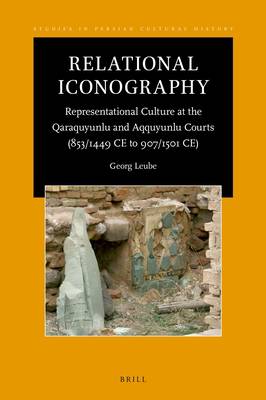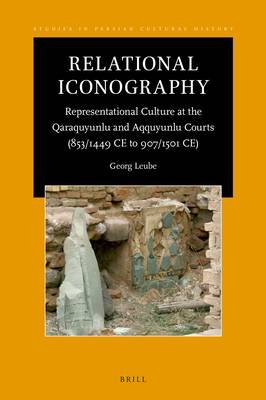
- Afhalen na 1 uur in een winkel met voorraad
- Gratis thuislevering in België vanaf € 30
- Ruim aanbod met 7 miljoen producten
- Afhalen na 1 uur in een winkel met voorraad
- Gratis thuislevering in België vanaf € 30
- Ruim aanbod met 7 miljoen producten
Zoeken
Relational Iconography, Representational Culture at the Qaraquyunlu and Aqquyunlu Courts (853 / 1449 CE to 907 / 1501 CE)
Georg Leube
€ 247,95
+ 495 punten
Omschrijving
In Relational Iconography Georg Leube engages with the courtly culture of the Qaraquyunlu and Aqquyunlu dynasties (15th century C.E.) as a key episode in Persianate and Islamicate cultural history.
Specificaties
Betrokkenen
- Auteur(s):
- Uitgeverij:
Inhoud
- Aantal bladzijden:
- 460
- Taal:
- Engels
- Reeks:
- Reeksnummer:
- nr. 19
Eigenschappen
- Productcode (EAN):
- 9789004541511
- Verschijningsdatum:
- 18/05/2023
- Uitvoering:
- Hardcover
- Formaat:
- Genaaid
- Afmetingen:
- 155 mm x 234 mm
- Gewicht:
- 811 g

Alleen bij Standaard Boekhandel
+ 495 punten op je klantenkaart van Standaard Boekhandel
Beoordelingen
We publiceren alleen reviews die voldoen aan de voorwaarden voor reviews. Bekijk onze voorwaarden voor reviews.








